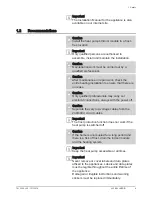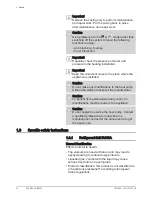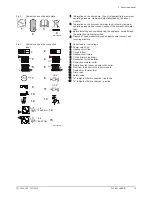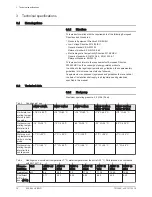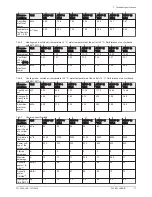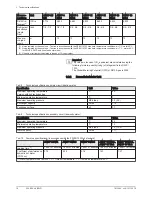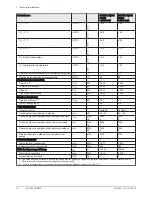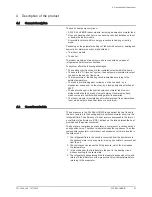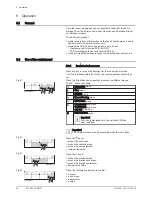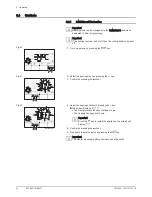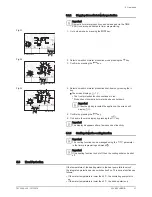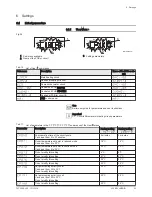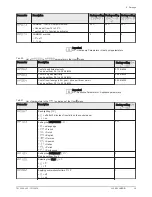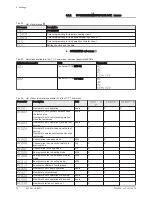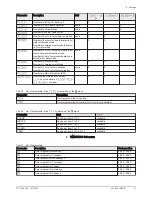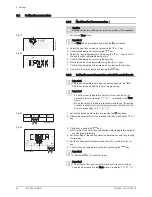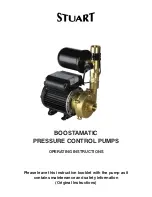
4 Description of the product
4.1
General description
The hybrid heat pump comprises:
A 200 ESL HYBRID indoor module, including a domestic hot water tank.
A non-condensing oil boiler or a condensing oil boiler, installed on top of
or beside the indoor module.
A reversible outdoor unit for energy production in heating or cooling
mode.
Depending on the parameter settings of the hybrid heat pump, heating and
domestic hot water production are handled by:
The indoor module
The boiler
The indoor module and the outdoor unit are connected by means of
refrigerant and electrical connections.
The system offers the following advantages:
The heating circuit is housed in the insulated volume within the home.
Thanks to the "DC inverter" system, the heat pump modulates its output
to adapt to the needs of the home.
The temperature of the heating circuit is adjusted according to the
outside temperature.
The tank is protected against corrosion, on the one hand, by a
magnesium anode and, on the other, by a food quality lining vitrified at
850°C.
The heat exchanger in the hybrid domestic hot water tank is a coil
welded inside the tank, made of smooth piping. Its external surface,
which comes into contact with drinking water, is enamelled.
The indoor module is insulated by chlorofluorocarbon-free polyurethane
foam, which helps to keep heat losses to a minimum.
4.2
Operating principle
The heat pumps in the 200 ESL HYBRID range extract the heat found in
the air to restore it to the heating and/or domestic hot water circuit via the
refrigerant fluid. The efficiency of a heat pump is expressed in the form of
a coefficient of performance (COP), defined as the ratio between the heat
provided and the power consumed.
The heat pump comprises an evaporator, a compressor, a condenser and
an expansion valve. The indoor module includes the condenser. The other
components (evaporator, compressor and expansion valve) are located in
the outdoor unit.
1. The refrigerant fluid in the circuit is converted from the liquid state to
the gaseous state in the evaporator, making it possible to recover heat
from the air.
2. The compressor increases the fluid pressure, which thus increases
the temperature.
3. In the condenser, the fluid transfers the heat to the heating circuit
while converting to the liquid state.
4. The refrigerant passes through the thermostatic expansion valve and
returns to the initial state at low pressure and low temperature before
returning to the evaporator.
4 Description of the product
7613346 - v05 - 13112018
200 ESL HYBRID
23

